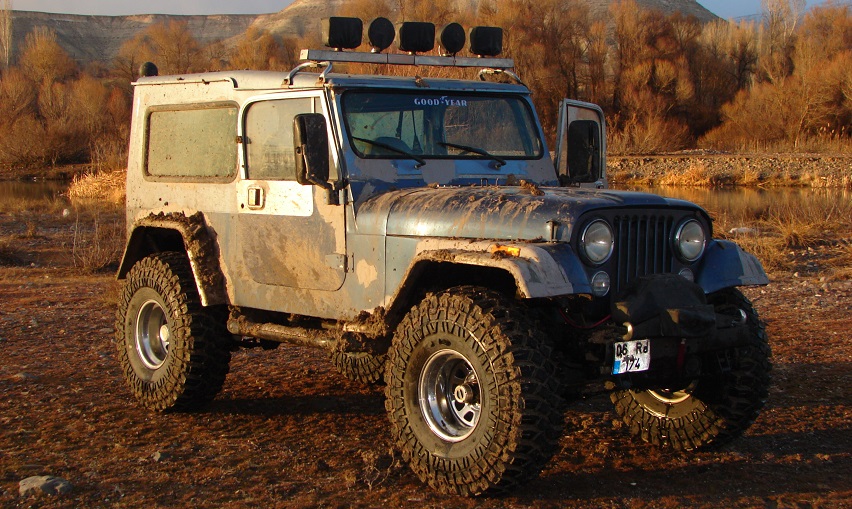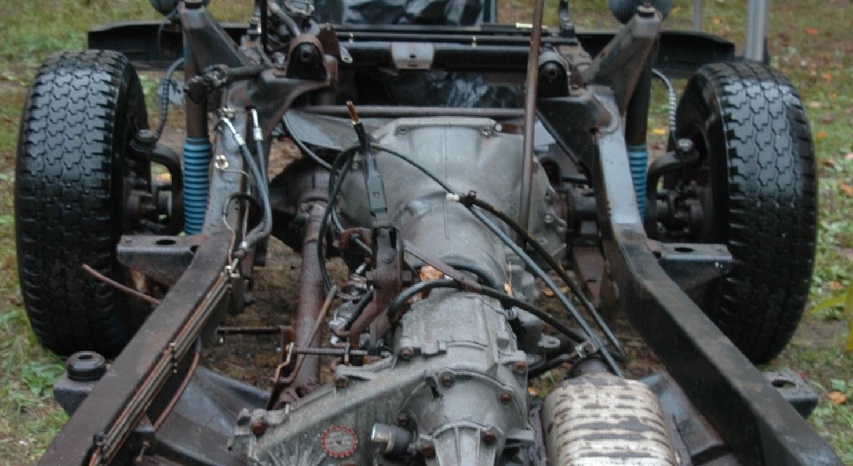10 Fascinating Jeep Facts You Probably Didn’t Know!
The Jeep is an iconic American vehicle that has been around since World War II. However, there are many fascinating facts about Jeeps that are not widely known. For example, did you know that Jeeps were originally designed for military use and were named after a character in the Popeye cartoon? Or that the Jeep was the first vehicle to drive up the steps of the U.S. Capitol building? These and other intriguing tidbits make Jeeps even more interesting and beloved by fans.
Jeeps have been around since the 1940s, and over the years they have become an icon of American culture. They are known for their off-road capabilities, ruggedness, and durability. However, there are many things about Jeeps that are not commonly known. In this blog post, we will explore 10 uncommon facts about Jeeps that you may find surprising.
Jeeps were originally named “Willys” after the company that produced them.
Jeeps were originally produced by the Willys-Overland company, which was one of many companies that responded to a U.S. military request for a lightweight, all-terrain vehicle during World War II. The Willys-Overland company won the contract and produced the first Jeeps in 1941. At the time, they were officially referred to as the Willys MB, but they quickly became known simply as “Jeeps” among soldiers and civilians alike.
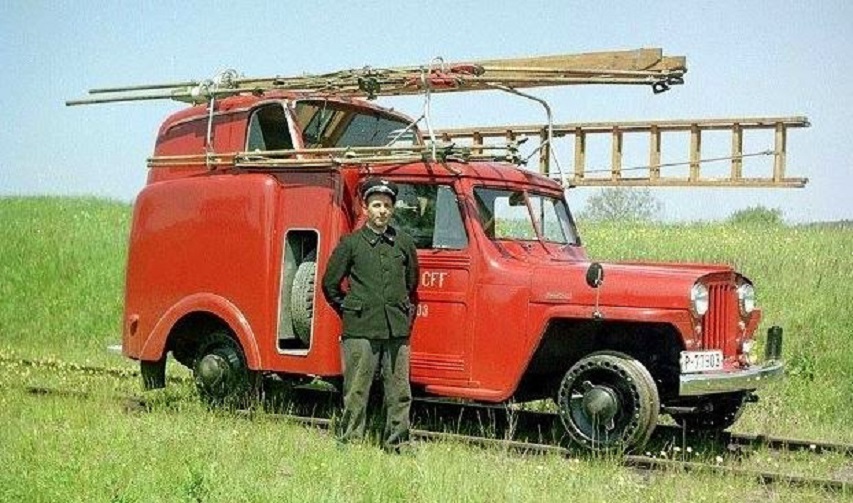
The Willys name became synonymous with the Jeep brand and was eventually included in the names of many Jeep models, such as the Willys CJ, Willys Wagon, and Willys Jeepster. The Jeep brand was later acquired by American Motors Corporation (AMC) in the 1970s, which was later bought out by Chrysler in the 1980s. Despite changes in ownership, the Jeep brand has continued to be associated with the Willys name, and the company still recognizes its origins by occasionally producing special edition Willys models.
The first Jeep prototype was built in just 49 days.
The first Jeep prototype was built in record time due to a tight deadline set by the U.S. Army. In July of 1940, the military requested a four-wheel-drive reconnaissance car that could transport troops and equipment over rough terrain. American Bantam Car Company, Willys-Overland, and Ford Motor Company all submitted designs, but the Army was concerned that the first two companies were too small to produce the number of vehicles needed for the war effort. Ford was ultimately chosen, but its prototype did not meet the Army’s specifications. This led to the development of the Willys MB, which was built in just 49 days in November of 1940.
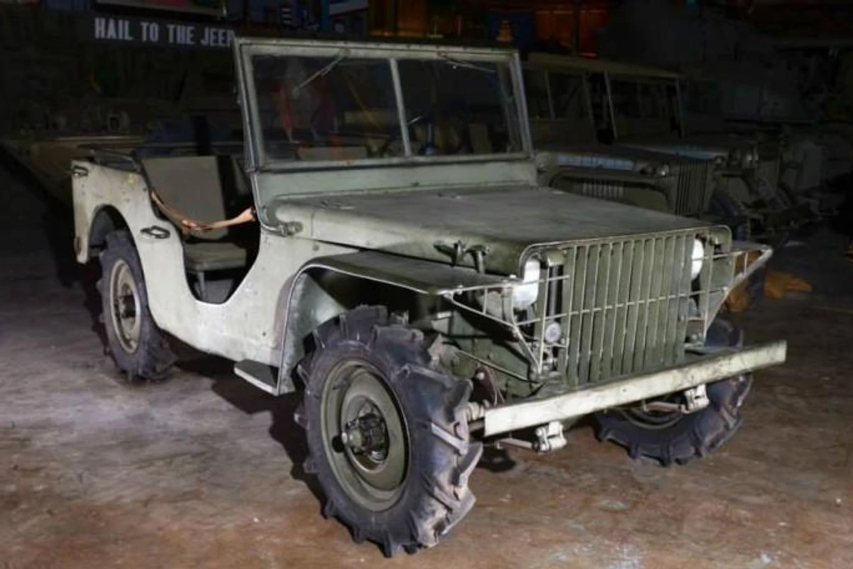
The speed at which the first Jeep was built was a remarkable achievement, and it set the stage for the Jeep’s future success. The Jeep became an essential vehicle for the military during World War II and was used for a wide variety of tasks, from reconnaissance to medical evacuation. After the war, Jeeps were sold to civilians, and the brand has since become synonymous with ruggedness, durability, and off-road capability. The Jeep’s success can be attributed, in part, to the rapid development of the first prototype, which allowed the vehicle to be produced quickly and efficiently in large numbers.
The Jeep was the first vehicle to drive across the Sahara Desert.
In 1952, six American soldiers set out to cross the Sahara Desert in a convoy of Jeeps. The expedition, called the “First American Trans-Saharan Expedition,” was sponsored by the U.S. Army and the National Geographic Society. The team traveled over 4,500 miles, from Morocco to Nigeria, and crossed some of the harshest terrain in the world. The Jeeps used in the expedition were modified with larger fuel tanks, sand tires, and other modifications to help them navigate the Sahara’s unforgiving landscape.
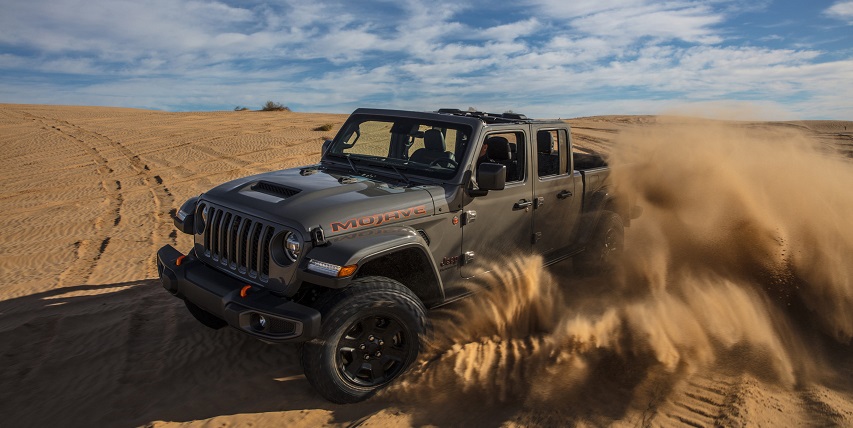
The success of the First American Trans-Saharan Expedition helped establish the Jeep’s reputation for off-road capability and durability. The expedition also paved the way for future adventures, and the Sahara has since become a popular destination for Jeep enthusiasts looking to test their vehicles’ capabilities. Today, the Jeep is known around the world as a symbol of ruggedness and adventure, and its ability to conquer difficult terrain has made it a favorite among off-road enthusiasts and military forces alike.
The Jeep Cherokee XJ was the first SUV to have a unibody construction.
The Jeep Cherokee XJ was introduced in 1984 and was a significant departure from previous Jeep models, which had used body-on-frame construction. Instead, the Cherokee XJ was built on a unibody platform, which combined the frame and body into a single, integrated structure. This design allowed for a lighter, more efficient vehicle that still maintained the Jeep’s off-road capabilities. The unibody construction also allowed for more interior space and improved handling and ride quality compared to traditional body-on-frame designs.
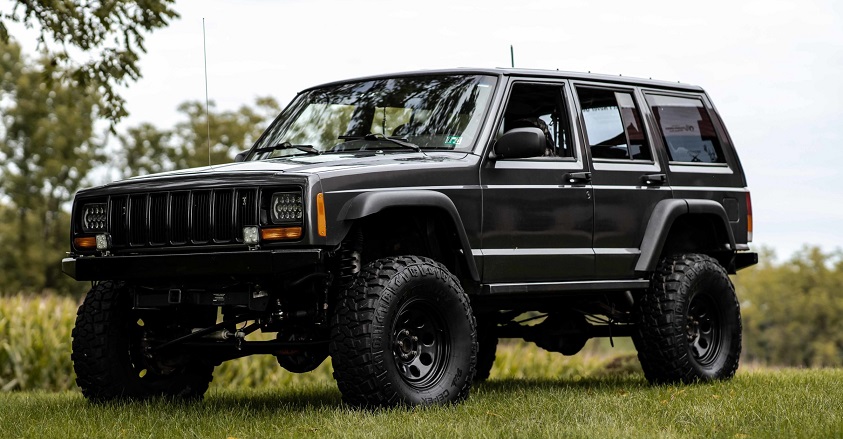
The Jeep Cherokee XJ’s innovative unibody design was a major success and influenced the development of many other SUVs that followed. The Cherokee XJ remained in production for over 17 years and was known for its toughness and off-road prowess. Its design was so successful that it was eventually adopted by other Jeep models, such as the Jeep Grand Cherokee, and has become the standard for modern SUVs. Today, the Jeep Cherokee XJ is considered a classic and has a dedicated following of enthusiasts who appreciate its ruggedness and simplicity.
The Jeep Liberty was the first Jeep vehicle to be produced outside of the United States.
The Jeep Liberty, also known as the Jeep Cherokee in some markets, was introduced in 2002 and was the first Jeep vehicle to be produced outside of the United States. The Liberty was built in a new manufacturing facility in Toledo, Spain, which was jointly owned by Chrysler and Spanish automaker, Steyr-Daimler-Puch. The plant was strategically located to serve European markets, and the Liberty was also exported to other parts of the world, including Africa and the Middle East.
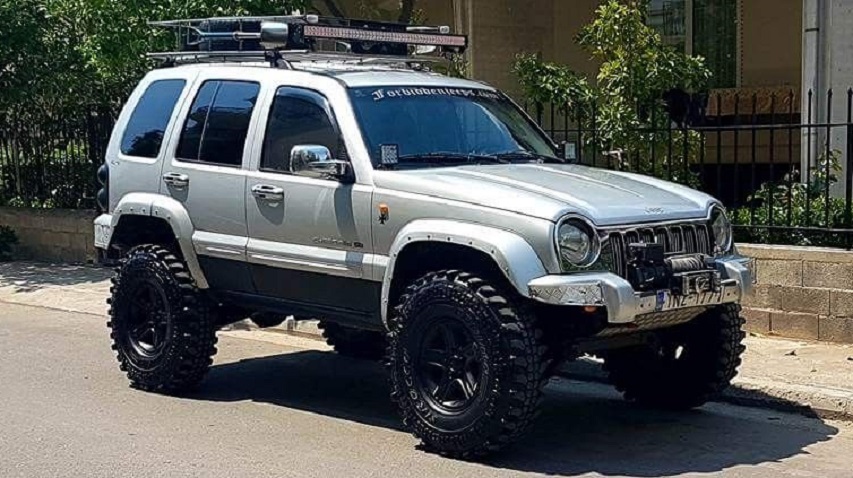
The production of the Jeep Liberty in Spain was a significant milestone for the Jeep brand, as it demonstrated the company’s commitment to expanding its global presence. The Liberty’s success in international markets paved the way for future Jeep models to be produced outside of the United States, such as the Jeep Renegade, which is currently produced in Italy. Today, Jeep vehicles are sold in over 150 countries around the world, and the brand continues to be a symbol of American engineering and adventure.
The Jeep Grand Wagoneer was the first luxury SUV on the market.
The Jeep Grand Wagoneer was introduced in 1963 as a more luxurious version of the Jeep Wagoneer. The Grand Wagoneer was the first SUV to offer a range of premium features, including power windows, air conditioning, leather upholstery, and a premium sound system. The vehicle’s spacious interior and comfortable ride made it popular with families, and its off-road capabilities made it a favorite among outdoor enthusiasts. The Grand Wagoneer remained in production until 1991 and is still considered an icon of luxury SUVs.
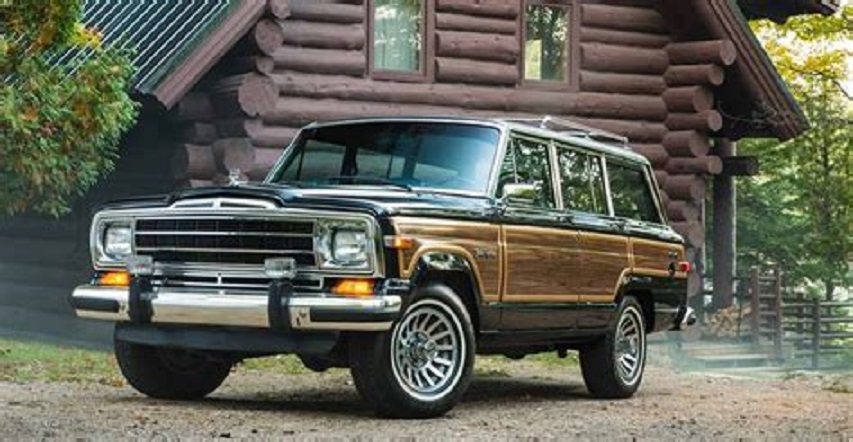
The success of the Jeep Grand Wagoneer paved the way for other luxury SUVs to enter the market. Today, luxury SUVs are among the most popular vehicles on the road, and many of them owe their existence to the Grand Wagoneer’s pioneering spirit. In 2021, Jeep reintroduced the Grand Wagoneer as a new luxury SUV, which features a range of advanced technologies, including a 10.25-inch touchscreen display and a sophisticated air suspension system. The new Grand Wagoneer is a testament to the original vehicle’s enduring legacy and represents a new chapter in the evolution of the luxury SUV.
The original Jeep had a maximum speed of just 65 miles per hour.
The original Jeep, known as the Willys MB, was designed to be a versatile vehicle that could handle a variety of tasks, including transporting troops, towing artillery, and navigating rough terrain. As such, its top speed was not a priority during its design. The Willys MB was powered by a 2.2-liter four-cylinder engine that produced just 60 horsepower. This engine, combined with the vehicle’s rugged construction and weight, meant that the Willys MB had a maximum speed of just 65 miles per hour.

Despite its modest speed, the Willys MB became a crucial vehicle during World War II and was praised for its durability and off-road capabilities. Its simplicity and ease of maintenance also made it a favorite among soldiers, who could easily repair the vehicle in the field. Today, the Jeep brand has evolved significantly, and its vehicles are known for their performance and speed. However, the original Willys MB remains an important part of the Jeep legacy, and its ruggedness and durability continue to inspire Jeep designers and engineers to this day.
The Jeep has been featured in over 2,500 movies and TV shows, making it one of the most recognizable vehicles in the world.
The Jeep’s iconic design and reputation for toughness have made it a popular choice for filmmakers looking for a vehicle that can handle action-packed scenes. Since the 1940s, the Jeep has been featured in over 2,500 movies and TV shows, making it one of the most recognizable vehicles in the world. Some of the most famous Jeep appearances include the chase scenes in Jurassic Park and Mission Impossible, and the military convoy scenes in Saving Private Ryan.

The Jeep’s appearance in movies and TV shows has helped to cement its status as an American icon. It has also contributed to the vehicle’s popularity among consumers, many of whom are drawn to the Jeep’s ruggedness and adventurous spirit. The Jeep’s popularity in pop culture shows no signs of slowing down, as the vehicle continues to make appearances in movies and TV shows today. Its timeless design and enduring legacy make it a symbol of freedom, adventure, and American ingenuity.
A Jeep CJ-5 was once driven to the top of Pikes Peak
In 1959, a group of four friends accomplished an impressive feat by driving a Jeep CJ-5 to the top of Pikes Peak, a 14,115-foot mountain in Colorado. The Jeep was modified to handle the extreme altitude and rugged terrain of the mountain, with a turbocharged four-cylinder engine, special tires, and a roll cage for safety. The team faced numerous challenges on their ascent, including steep grades, narrow switchbacks, and unpredictable weather conditions. Despite these obstacles, they successfully made it to the summit in just over 19 hours.
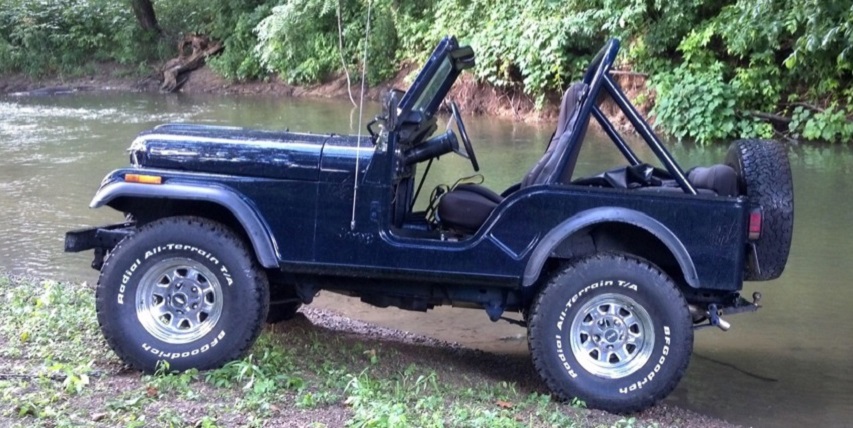
The climb to the top of Pikes Peak demonstrated the Jeep’s off-road capabilities and cemented its reputation as a rugged and capable vehicle. The Jeep CJ-5 was known for its versatility and durability, and it quickly became a favorite among off-road enthusiasts. Today, the Jeep brand continues to produce vehicles that are designed to tackle tough terrain, from rocky mountain trails to sandy desert dunes. The ascent of Pikes Peak in a Jeep CJ-5 remains a testament to the vehicle’s toughness and enduring legacy.
During World War II, the U.S. Military developed an experimental prototype of a flying Jeep
This wild design was called the “Aero Jeep”. The idea behind the concept was to create a vehicle that could function as both an airplane and a ground-based vehicle, allowing for quick transportation and reconnaissance across difficult terrain. The Aero Jeep was designed with wings and a tail attached to a standard Jeep, allowing it to take off and land like a plane. The vehicle was equipped with a small engine and propeller, which provided the necessary lift and propulsion for flight.
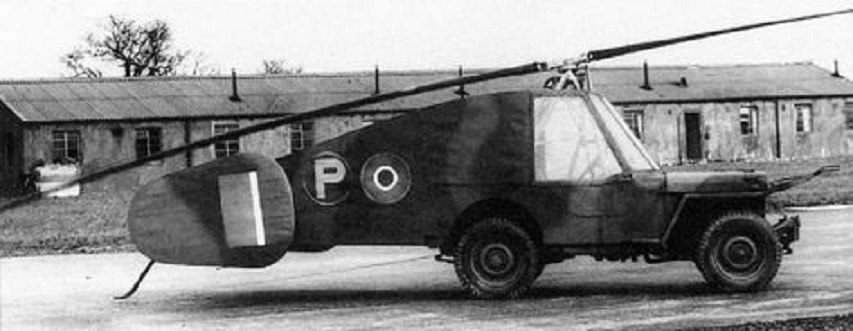
Despite its promising design, the Aero Jeep was never put into production. The concept was ultimately deemed too impractical for widespread military use, as it required extensive modifications to the Jeep and specialized training for pilots. However, the prototype remains an intriguing example of the military’s innovative spirit and willingness to experiment with new technologies during wartime. Today, the Aero Jeep serves as a testament to the ingenuity of military engineers and the ever-evolving nature of military technology.



